More green spaces, including gardens built on roofs and along walls, have been offered as an answer to pollution and warming in cities.
New Delhi: The bursts of green stand in refreshing contrast to the dreary grey of concrete and roads, promising relief to a dusty metropolis desperate for clean air.
You can see them wrapped around the pillars holding up the Delhi Metro network, and hanging from trellises, or lattis-like metal structures, put up along a stretch of the new Yamuna expressway.
Vertical gardens, an urban planning advance making waves worldwide amid rising concerns over warming and shrinking green spaces, are now a common sight in Delhi.
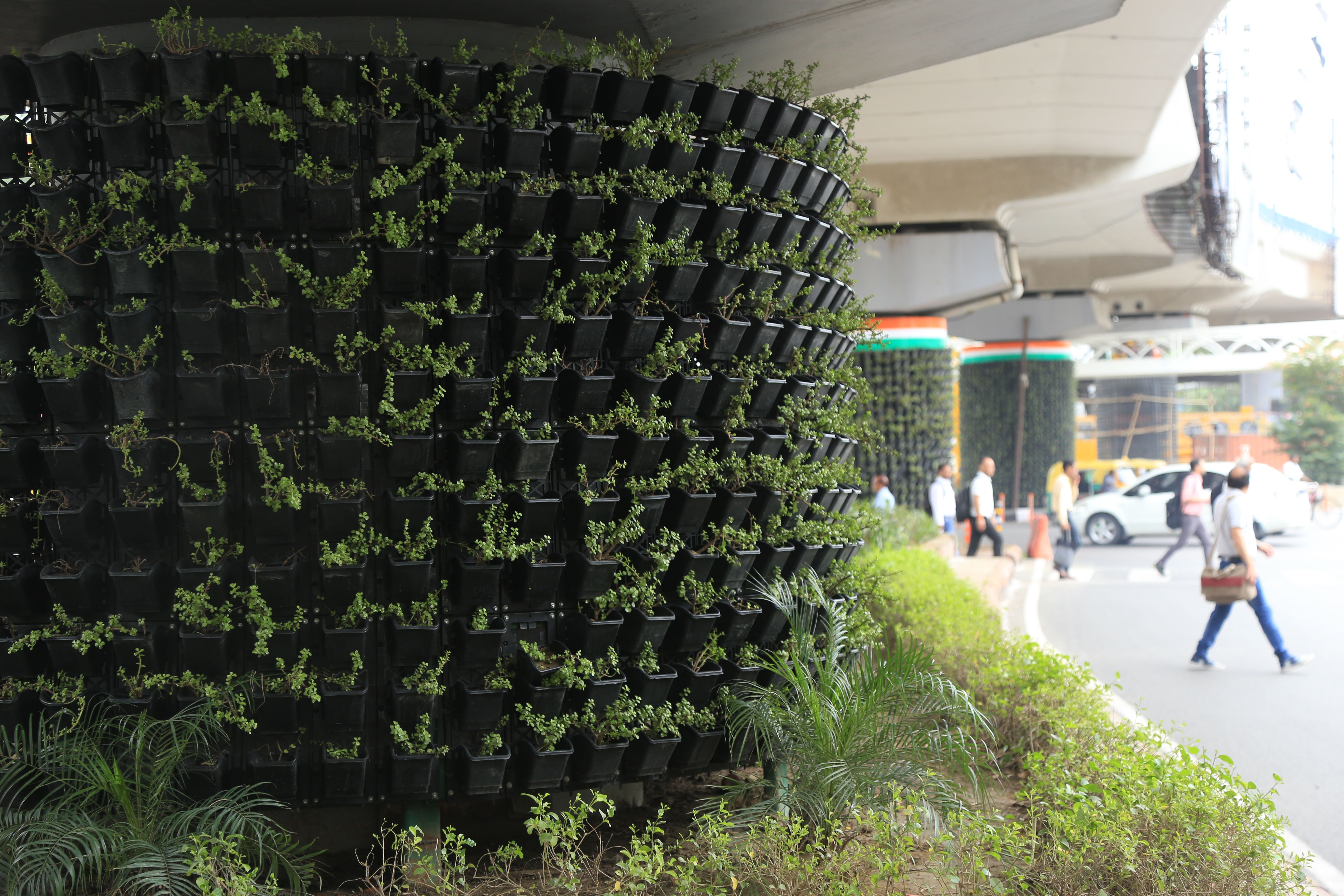
They are also known as ‘living walls’ or ‘living green walls’, for that’s what they are. Gardens cultivated on vertical surfaces, say walls, they have come as a boon for urban settlements where growing populations, among other factors, have driven a massive construction push, often at the cost of green spaces.
This, in turn, is known to stoke a phenomenon known as the urban heat island (UHI), where congested cities lacking green spaces become warmer than surrounding areas because the heat finds no outlet for escape.
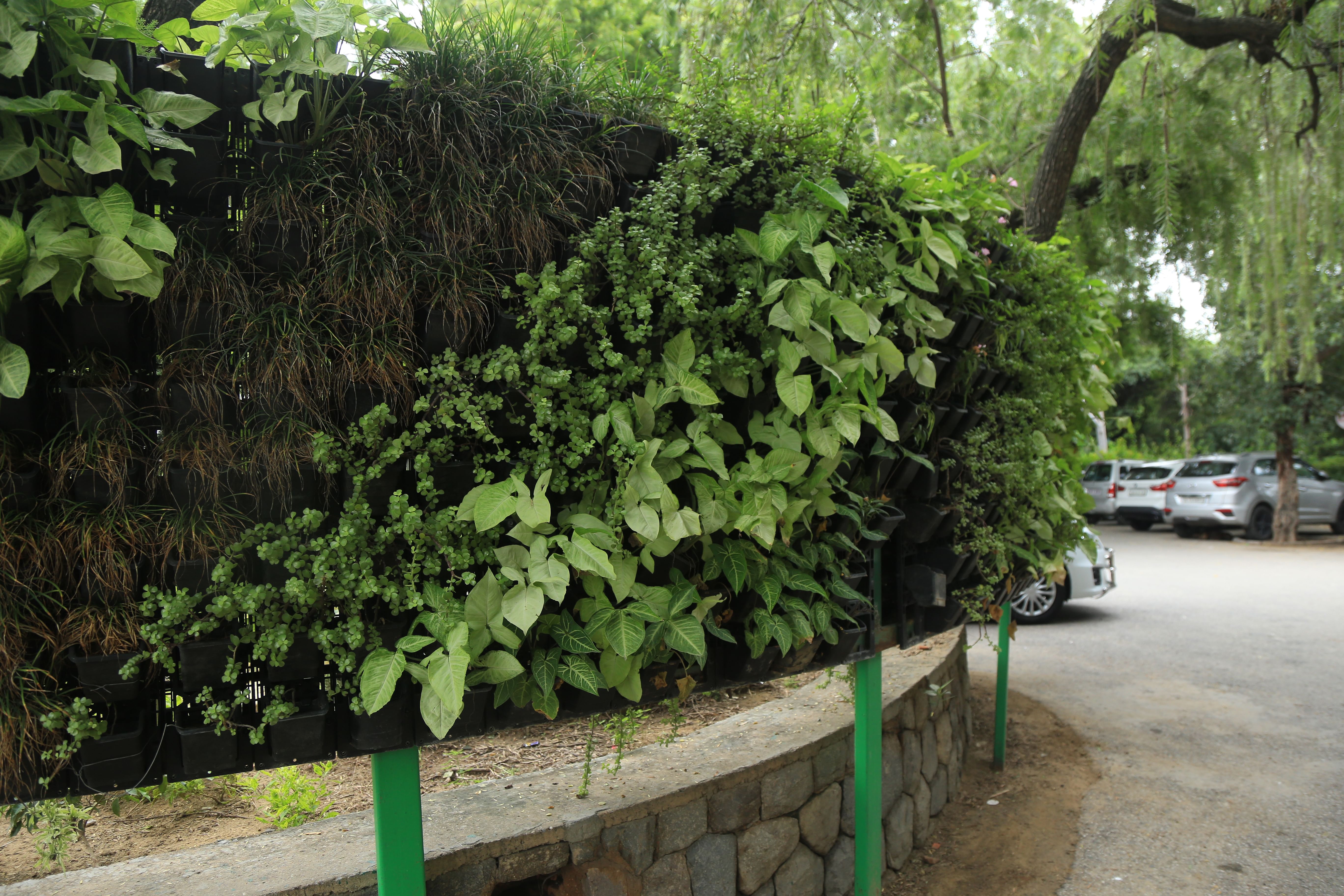
More green spaces, including gardens built on roofs and along walls, have been offered as an answer because not only do plants absorb carbon dioxide, they also help cool temperatures.
Go Delhi, Go Green
According to the horticulture department of the New Delhi Municipal Council (NDMC), vertical gardens have been around in the city for a year-and-a-half now, with the Palika Garden hosting their debut.
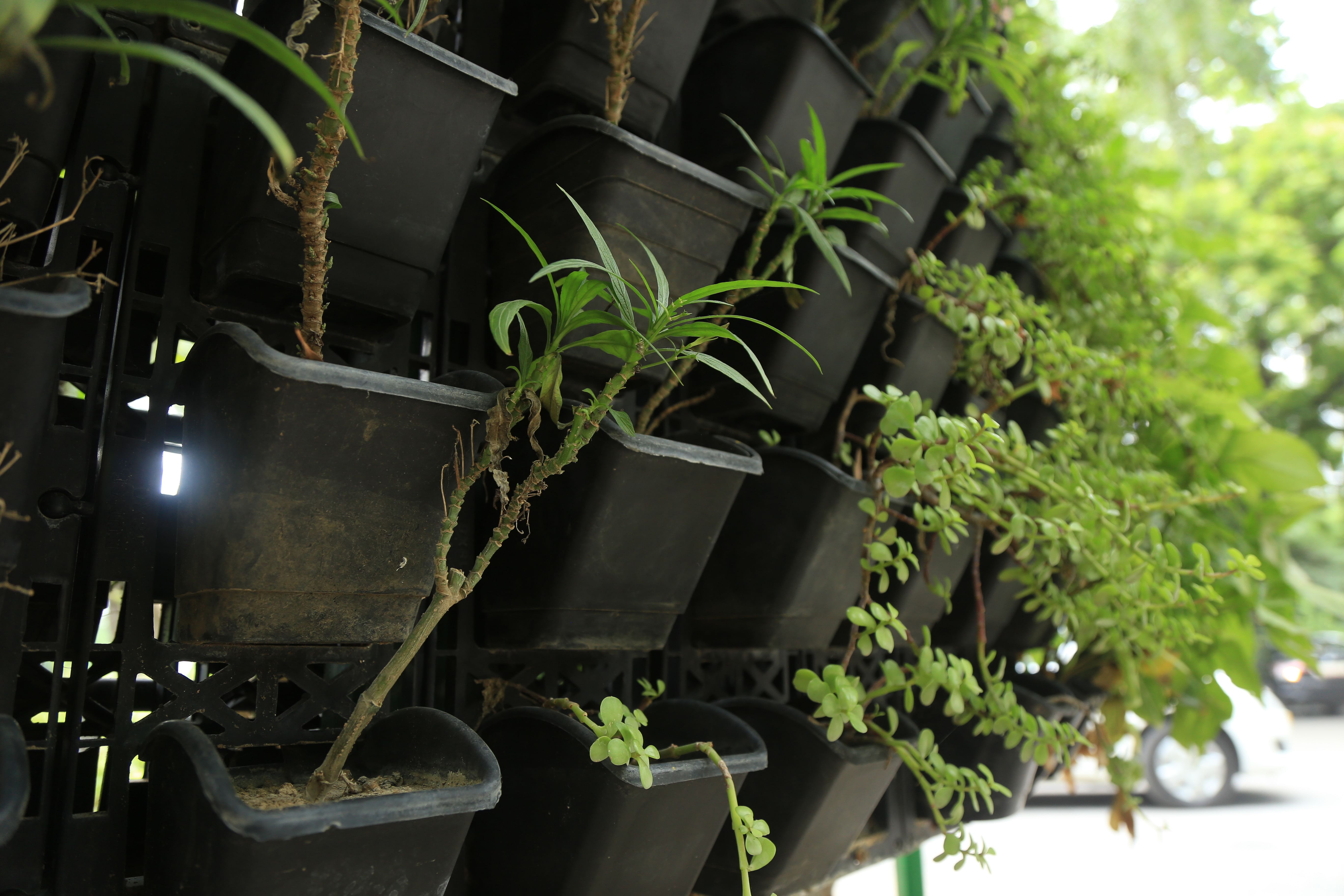
According to Ajay Kumar Saxena, the deputy director at the Noida-based nonprofit Network for Certification and Conservation of Forest, any kind of greenery is beneficial for society.
“The vertical garden is a good initiative, and, hopefully, Delhiites will embrace it in greater numbers,” he added.
Saxena said the benefits of the current garden cover in Delhi were likely minimal, given the small scale, but added that a wider implementation of the concept could help Delhi beat perhaps its biggest foe.
Also read: Arvind Kejriwal govt has not rejected a single tree-cutting request since 2015
“If vertical gardening can be done on a larger scale, it can beneficial in controlling pollution,” he said.
S. Chellaiah, the south zone director of the NDMC horticulture department, echoed Saxena, also pointing out how vertical gardens had beautified the city.
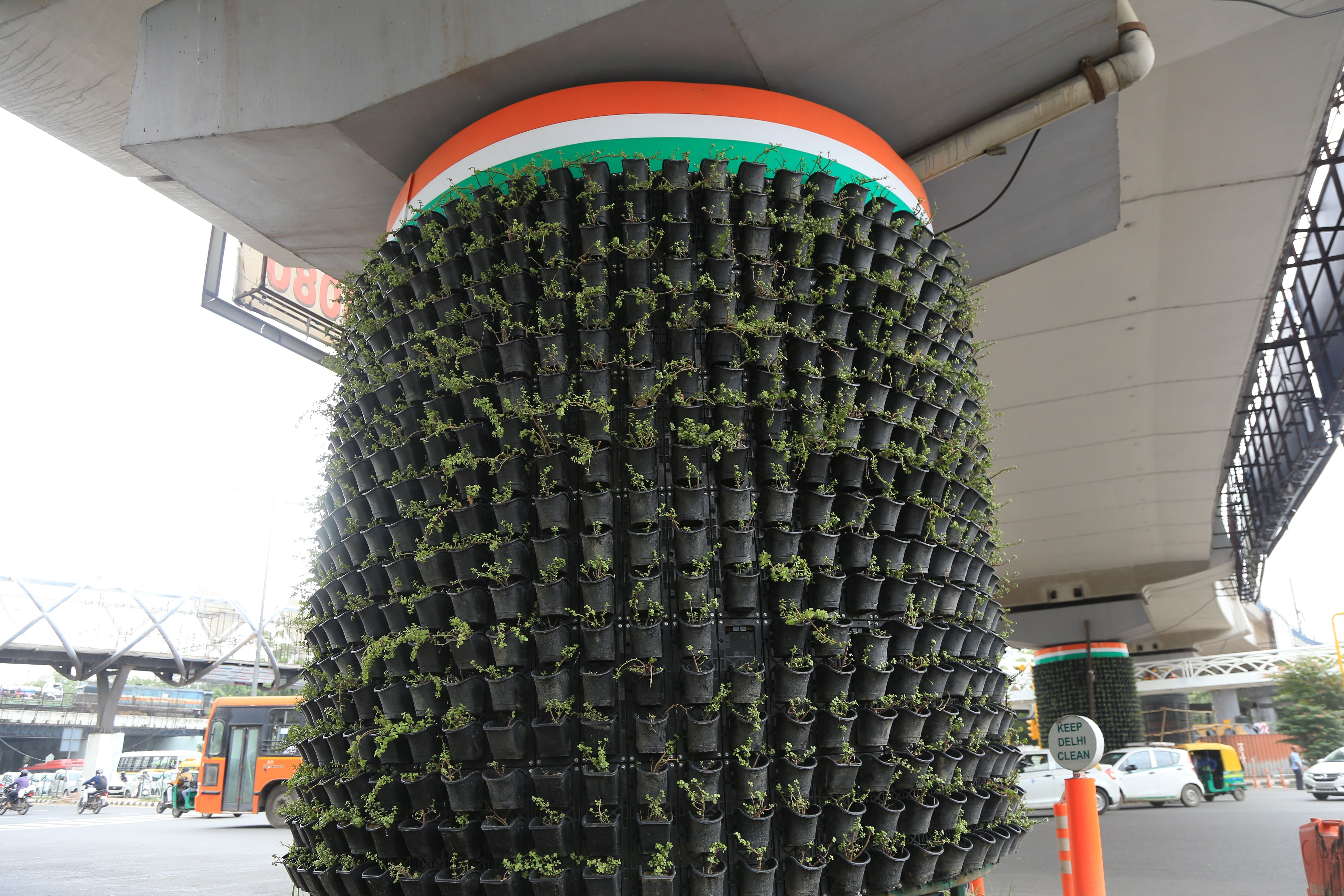
“If installed on a large scale, vertical gardens can help control pollution in the city as well as provide fresh air,” he added.
The initiative, he said, were also a cost-effective way to do so. “Vertical gardens are cheap to install and easy to maintain,” he added.
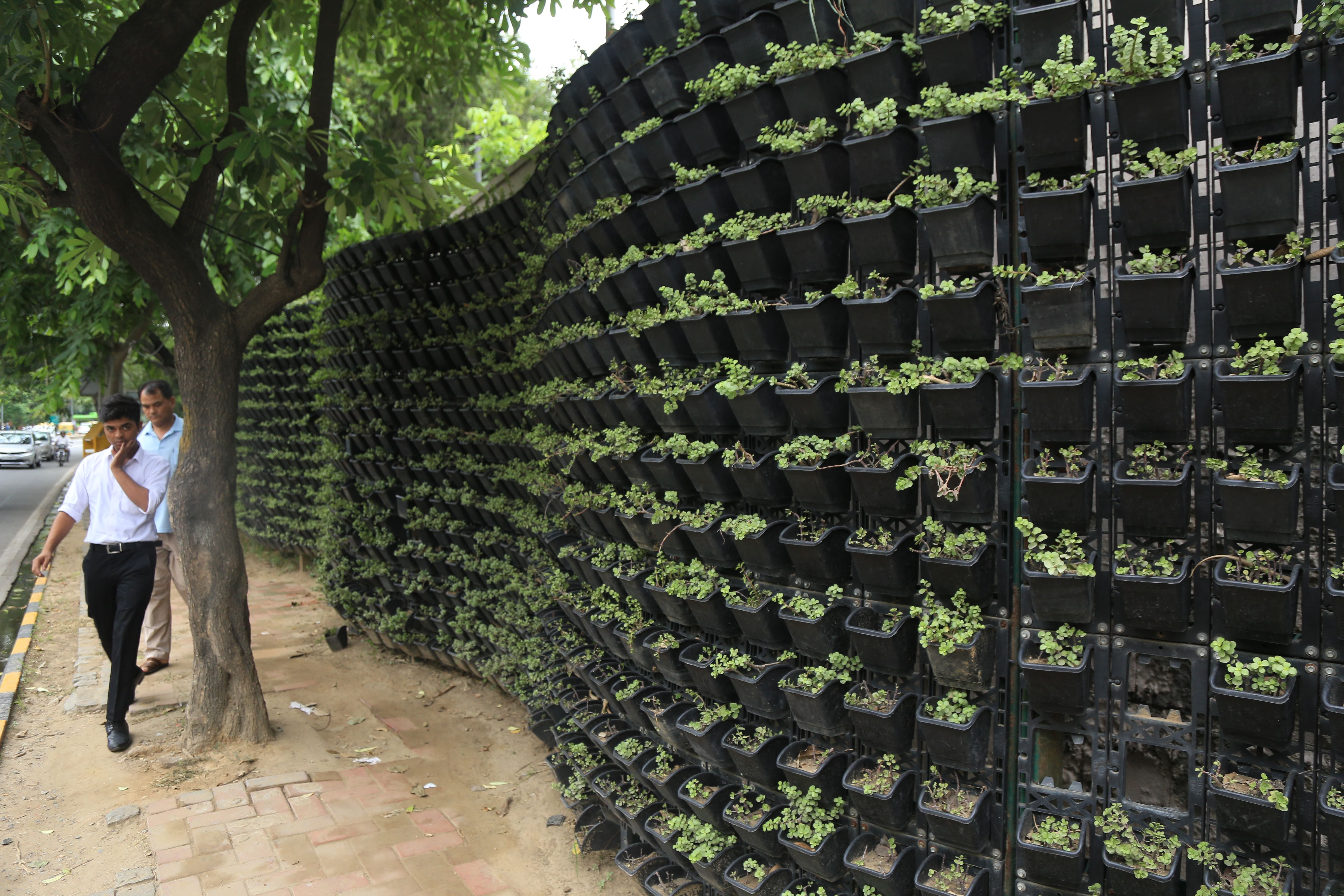
“The gardeners’ water the plants twice a day during summer, and once in two days in the winter,” he added, pointing out that costs may vary with the type of plant used.
It’s cheap too
A majority of the plants used in Delhi’s vertical gardens are Asparagus, Jade plant, Syngonium, money plant and seasonal flowers.
There are two types of vertical farming: One involves plants grown in plastic containers, and another where plants are grown in mineral nutrient solutions, without any soil base.

It’s the former that’s in use in Delhi, because it’s deemed a much cheaper option to install, though, again, the kind of plant used is an important determinant of expenditure.
The preservation of its greenery has become a dear cause for Delhi, whose deadly levels of pollution make global headlines and are believed to be stoking a health crisis in this metropolis of 19 million.
Also read: Kejriwal govt says don’t have power to clear tree-felling requests, then reverses some
Even so, Delhi remains one of India’s greenest cities, with its forest/tree cover on the rise since 1993, according to government data. An estimated 20 per cent of Delhi’s area is currently estimated to be under forest cover, according to the ministry of environment and forests.
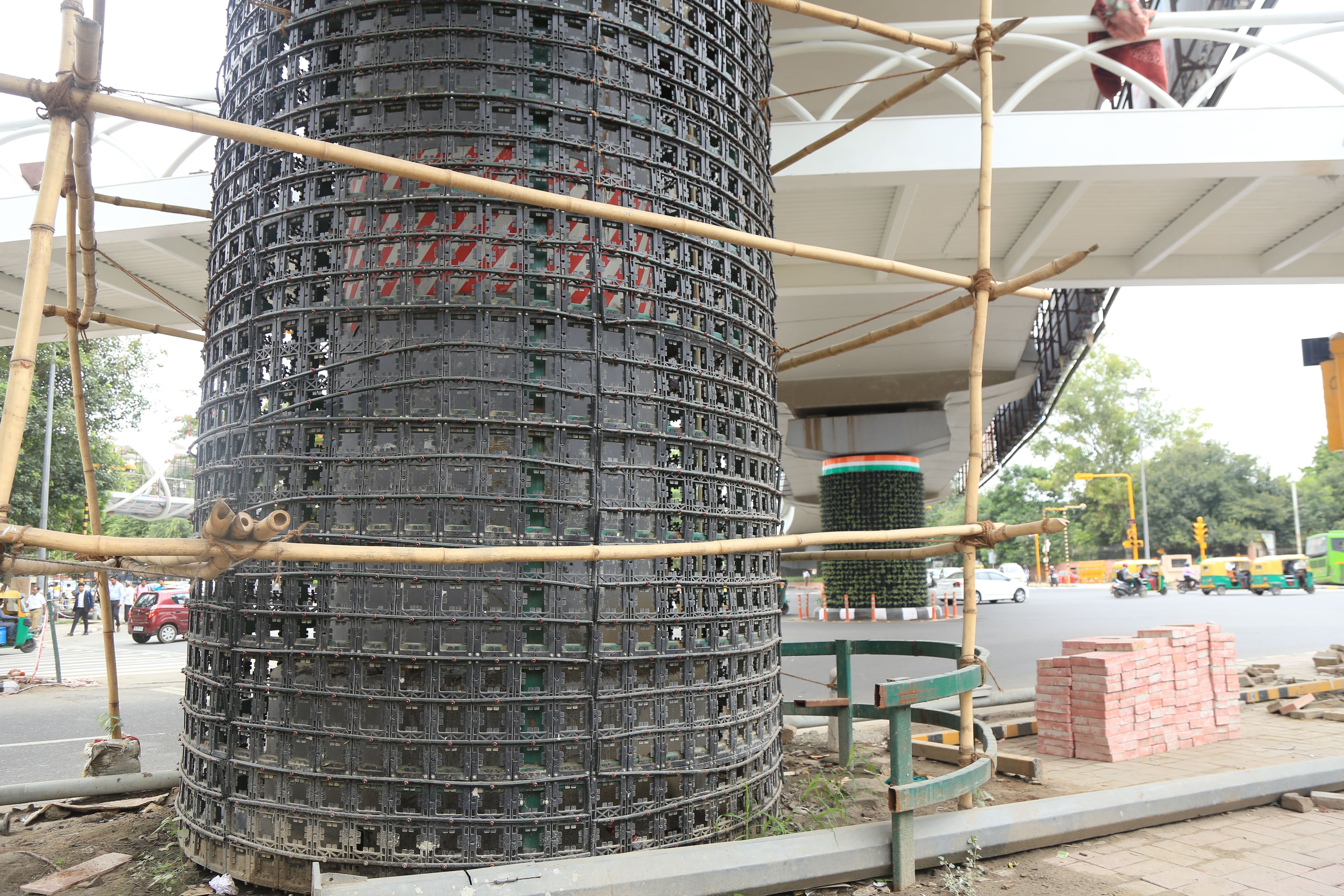
But Delhi is also up against an increasing onslaught of pollution, with the capital generating an estimated 130 tonnes of dust each day.
Just last year, the number of registered vehicles on the city’s roads surpassed the one crore mark, another notorious milestone. Earlier this month, a study of 14 Indian cities conducted by the Centre for Science and Environment ranked Delhi last in terms of toxic emissions.

Currently, in Delhi, vertical gardens have come up outside the Prime Minister’s house, Nehru Park, Lodhi Garden, Panchsheel Marg, and Safdarjung road, with plans to install them at government schools as well as on flyovers.
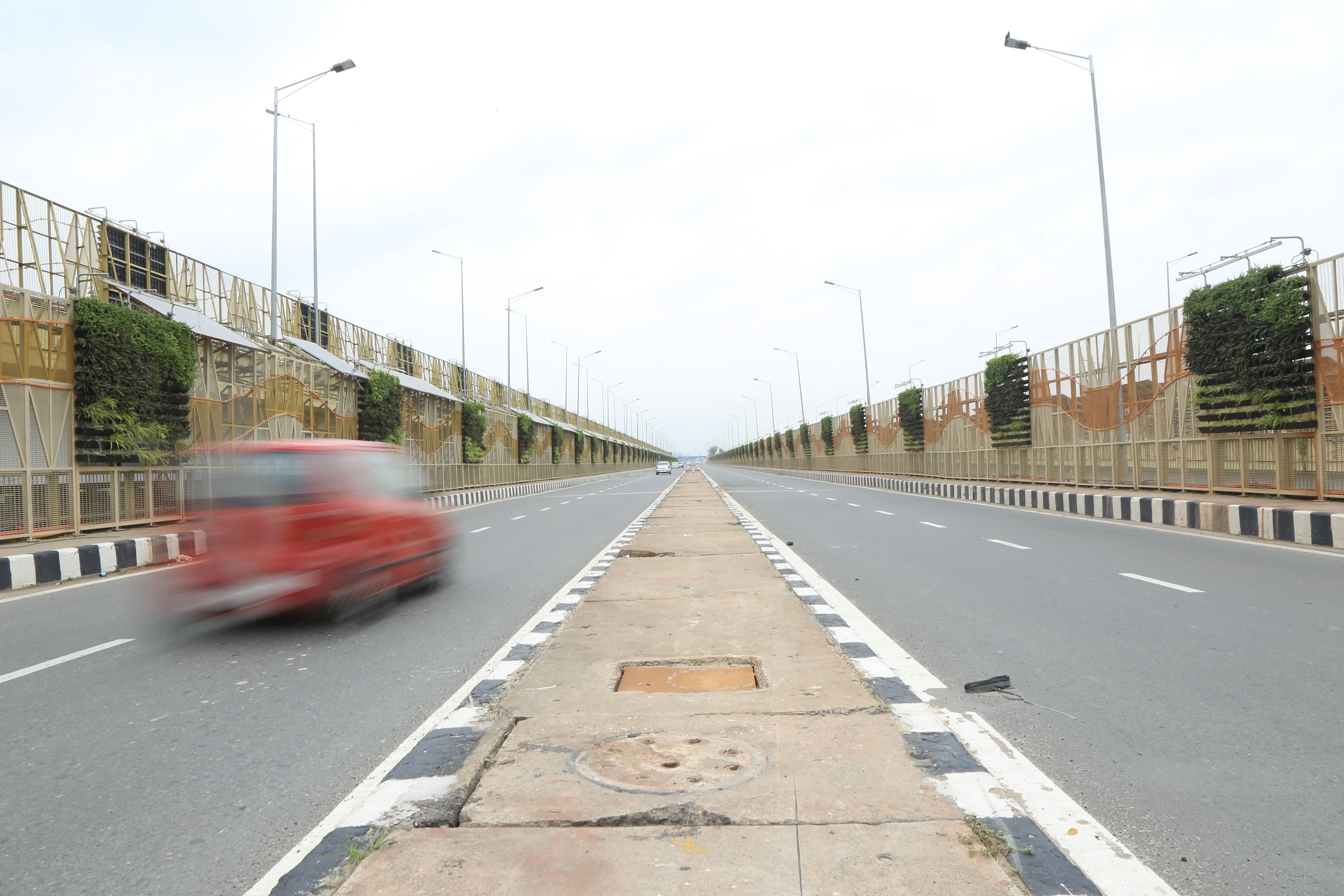


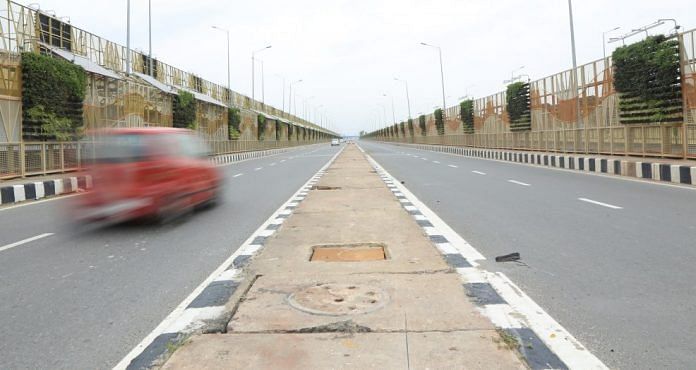

As a student of architecture who has studied green walls and their various examples within and outside of India, I highly doubt that these so-called “vertical gardens” will have any effect on Delhi and its pollution and/or temperature, as is being claimed in this article. For starters, these aren’t vertical gardens, just tiny plants that are arranged vertically on walls. I have personally seen these very plants die out, only to be replaced by another plastic cup with another tiny plant. The way I see it, this is just another example of our city and our country trying to ape technologies that are engineered for the west (without thinking them through) in the goal to create a “world-class city”. (And it’s not like successful vertical gardens and facades haven’t been created in India – they have) Also, how did no one object to the environmental impact of the colossal amount of plastic that is being used in these “gardens”?